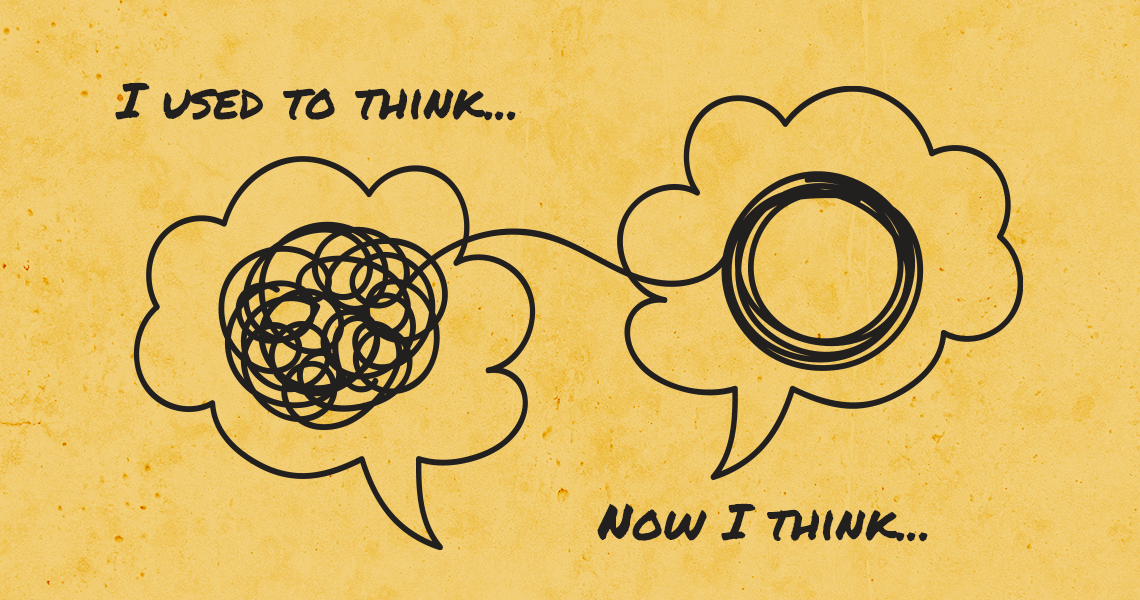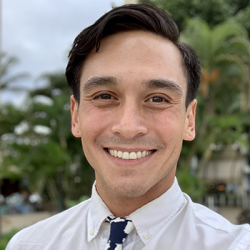
This post is the Part 1 of 3 – see Part 2 and Part 3 (coming soon)
I’ve seen teachers shift their mindset about PBL and how it can promote educational equity.
In PBLWorks’s workshops, like the PBL 101, we close with an adapted version of Project Zero’s thinking routine called "I Used to Think… Now I Think…," which invites teachers to identify previous misconceptions about PBL. It’s part of the workshop's reflection process for participants, and provides us with feedback on our curriculum and my facilitation.
After analyzing over 250 of these teachers’ shifts in mindset and beliefs, it became clear to me that teachers who can identify and own their misconceptions are more prepared to use Gold Standard PBL’s Essential Project Design Elements and Project Based Teaching Practices to move toward equity goals.
In this post and the two to follow soon, I will connect some of these misconceptions to the ideas of leading equity scholars in culturally responsive teaching; reality pedagogy; healing-centered engagement; abolitionist teaching; and critical race theory. I will identify how an asset-based mindset shift can foster liberatory pedagogy and curriculum in PBL.
“I used to think PBL took too much time, and didn’t cover enough content to get through my scope and sequence before the test at the end of the year…”
Both as a special education teacher in New York City public schools, and a National Faculty member for PBLWorks, I have observed the conflict teachers face when choosing between going in depth on one topic versus covering a breadth of topics in order to cover the full scope and sequence for high-stakes state or national tests. When we pursue “coverage,” I’ve seen students being left behind, as teachers and students race toward the finish line like horses with blinders that cover their peripheral view—to avoid the distractions of social/emotional/physical safety and needs, language and learning barriers, and multiple forms of intelligence.
This pattern has existed in education since the early 1900s, when John Dewey warned against quantitative the data collection of averages and percentages as measures of intelligence, fearing their consequences of labeling certain individuals as superior and inferior. However, despite Dewey’s warning from a century ago, we have continued to use summative assessments, aka standardized tests, as gatekeepers for post-secondary success today.
In her keynote at PBLWorld 2020, Zaretta Hammond reminded us of this inequity by design, and uses schema theory to explain how we must develop the cognitive information processing skills of diverse students to increase their confidence as learners and leaders. When we fail to provide the time, instruction, assessment, and intervention for teaching these cognitive information processing skills, we fail our diverse students and decrease their confidence.
Instead, Hammond urges us to invest in the cognitive "chewing", and commit to the time it takes for facilitating students' independent process through the learning pit of productive struggle. During culturally responsive PBL, the consistent use of metacognitive processing tools such as a “Knows & Need to Knows” chart can authentically hook students, identify and invite funds of knowledge, and encourage students to achieve higher order thinking, all while developing cognitive information processing skills in a constructivist and collectivist learning culture.
For example, in the Water Quality Project video by PBLWorks, we see this strategy implemented to both spark interest and help students become problem solvers combating environmental racism. Due to this teacher’s dedication to depth over breadth, the students in this Title 1 school in Brooklyn, New York, are prepared for post-secondary success through this culturally relevant project. Had this teacher not dedicated the time required to let his students chew on their research, data, analysis, and feedback, they may have been left behind.
“...Now I think designing cognitively demanding and culturally relevant projects is the most effective way to prepare ALL learners for 21st century success.”
In Part 2, I will focus on “I used to think PBL was primarily focused on an impressive final product…” and connect it to how the process of doing PBL can engage and empower learners.

